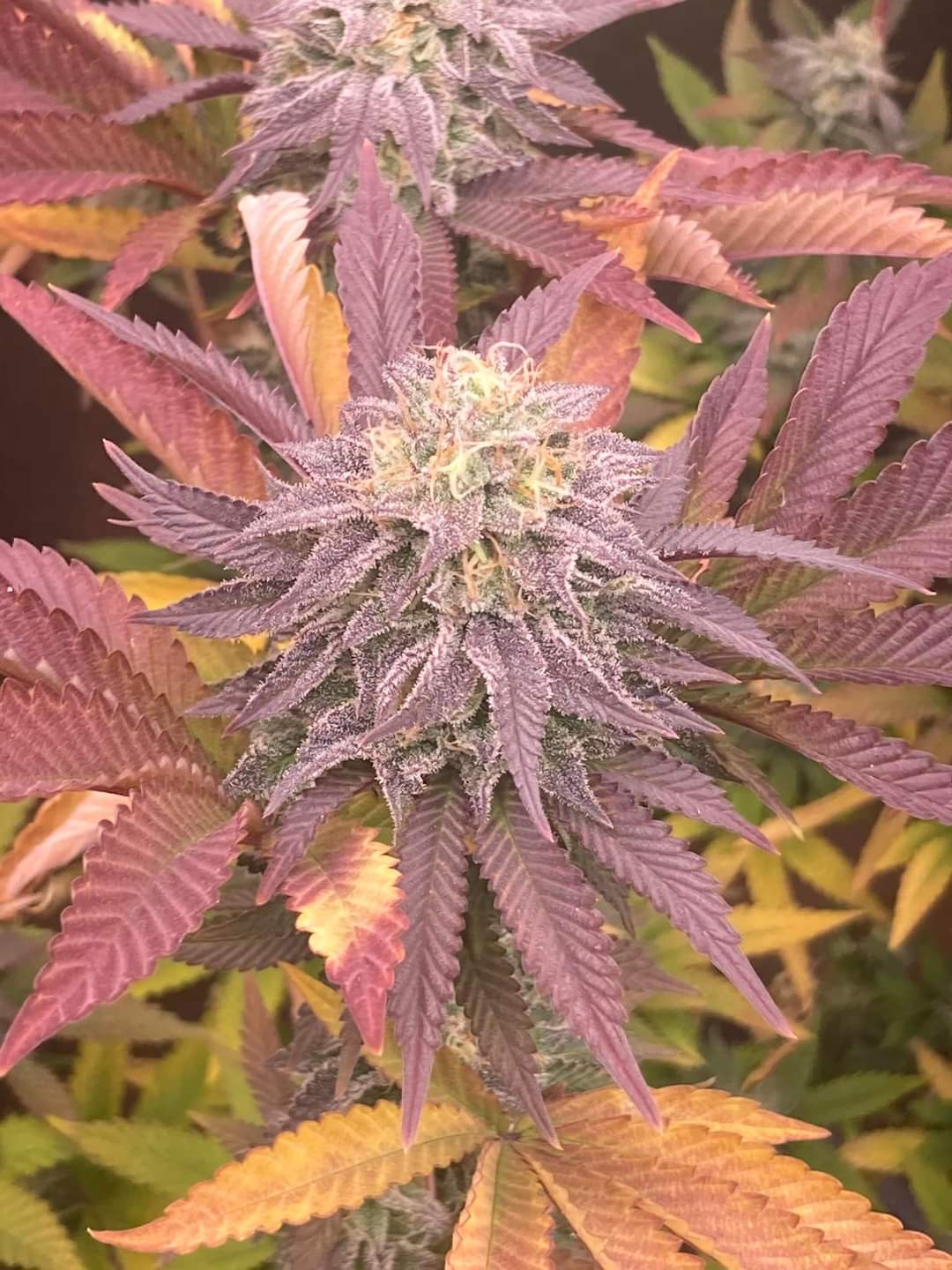Cannabis farmers in California are burdened with high taxes, but Sonoma County farmers will have some relief at the local level by slashing cultivation taxes nearly in half.
The County of Sonoma Board of Supervisors announced in a March 17 press release that they recently agreed to amend the Cannabis Business Tax ordinance to reduce the fiscal year 2021-2022 cannabis cultivation tax rates by 45% through June 30, 2023.
The reduced rates will be applied retroactively—going back to July 1, 2021, with the goal to ease financial hardship for local cannabis operators.
The projected loss in revenue from the tax reduction will be offset by a current and projected county cannabis tax revenue surplus that exceeds program operating costs. Taxes collected in fiscal year 2020-2021 from 183 cannabis operators totaled $3,634,230—compared to $2 million in estimated annual operating costs.
On April 5, county staff plan to present an amended ordinance reflecting the temporary tax drop, as well as a resolution extending the January 31 and April 30 due date to May 31 for cultivation tax payments. The due date for all cannabis taxes was previously extended from January 31 to April 30.
Supervisor James Gore, Chair of the Board of Supervisors, pushed for a new tax structure at a recent board meeting.
“This tax reduction is in line with the market impacts that cannabis producers are encountering right now with a precipitous drop in wholesale price-per-pound,” Gore told High Times. “The reason that this was justified, merited, warranted is that our cannabis tax, like many other jurisdictions, was based on coverage—square feet. It was intended to be one and 5% of gross receipts, but when you have a drop in wholesale price, and you’re still taxing based on square footage, all of a sudden that potential 3-5% grows into not just 15 or 20—but upwards of that.”
Gore mentioned some examples of people selling flower at $300-400-per-pound, but he’s also hearing stories of people selling for a lot less than that.
“Our tax policy did not fit the scenario of what was going on. It was ultimately voted on 5-0 but there was a lot of dispute in the discussion. There were some who didn’t want to back off of the tax,” he said. “In the meantime, we’re going to be moving into a gross receipts model. So it will take us a while to settle on how to do that effectively. So that means, as it should, that it fluctuates up and down with market conditions. That is the ultimate goal.”
“We were putting people out of business with our policy, so this is the right thing to do,” said Gore. “The reduced cultivation tax rates are needed to account for changes in the market and our Board’s policy direction. The revenue surplus in our cannabis program will support operational costs for two years as we transition to a new tax model and policy framework. We’re committed to getting this issue right for Sonoma County, and that means continuing to work between neighborhoods and industry advocates, learning from other counties, and finding local solutions that are fair and sustainable for both communities and the environment.”
The Press-Democrat reports that there are 171 farmers that fall under the county’s jurisdiction, and they are taxed at different rates on a per-square-foot basis for outdoor, indoor and mixed-light crops.
Only 37% of participating California cannabis growers said they were profitable, according to a survey of 396 U.S. growers conducted by the National Cannabis Industry Association.
On January 1, California Department of Tax and Fee Administration’s tax hike on dry-weight flower took effect—ushering in the latest blow to cultivators. The rates rose by almost five percent, reaching over $161 per pound. It prompted leaders in the industry to rally at the state Capitol in a bid to save the industry. After releasing a state budget proposal for the 2022-2023 fiscal year, Governor Gavin Newsom acknowledged that regulatory changes are needed to sustain California’s legal cannabis industry while curbing the illicit market.
The changes occur after public feedback lamenting the state tax burden on the cannabis industry. The Board is committed to supporting state cannabis tax reform, as well as Senate Bill 1074, which would discontinue the state cannabis cultivation tax and increase the state cannabis excise tax. The Board predicated its support for both efforts on the state’s ability to maintain state tax revenue funding for children’s programs.
Tax relief wasn’t the only item on the agenda. The Board of Supervisors also approved a resolution of intention to adopt a cannabis program framework based on 16 guiding tenets designed to inform the preparation of General Plan amendments and the Environmental Impact Report required to update the Cannabis Land Use Ordinance and related regulations.
On June 8, the Board directed staff to complete a comprehensive update of the cannabis program based on community feedback. So far, there have been eight public workshops, 12 small group outreach sessions and a countywide survey to gather input.
The post Sonoma County, California Drops Taxes by Nearly Half in Bid to Save Cannabis Farmers appeared first on High Times.




















